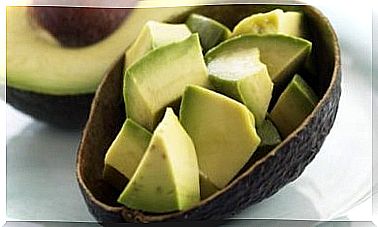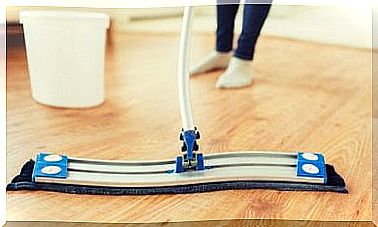Frozen Products: Everything You Need To Know
Freezing foods increases their shelf life, although it also affects their organoleptic qualities.
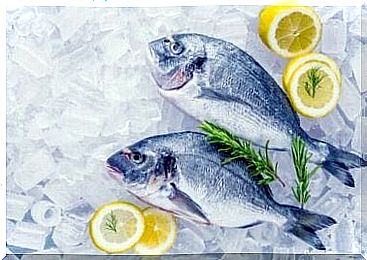
What do you need to know about frozen food? Freezing food is a preservative that slows down its decomposition, extending its useful life. It is important to remember that freezing stops spoilage, but does not correct it.
Faster freezing generates smaller ice crystals and maintains cell structure. So, having frozen foods the right way is an option that you can incorporate into shopping and cooking. Let’s look at a more detailed analysis.
What are the disadvantages of slow freezing?
Whether the product was frozen slowly or experienced temperature fluctuations during storage, the crystals that form are large, as reported in an article written in 2016.
We are talking about water that is not recoverable in the thawing process, so the texture of the food is altered as well as its nutritional value. In turn, this lost fluid can destroy water soluble nutrients, such as some vitamins.
Are the nutritional properties of frozen foods changing?
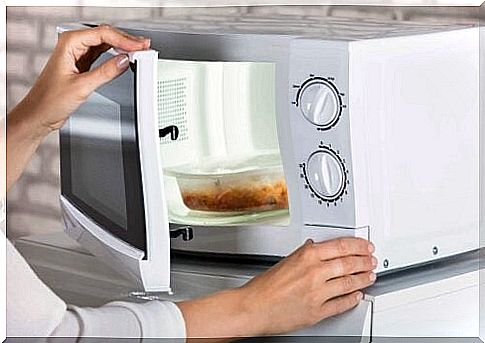
No. Industry frozen vegetables retain the nutritional properties of fresh vegetables. Indeed, frozen products are processed quickly after harvest, at their optimal time.
In this way, vitamins are lost because of heat and not because of low temperatures. In turn, minerals are spoiled in part by cutting and subsequent washing of food, as well as in water when it is boiled.
The micronutrients in foods will stay intact as long as you freeze them before cooking. Nutrient losses due to handling, cooking and processing before freezing are irrecoverable.
So, can I freeze any food?
You can freeze almost anything. However, sometimes the textures, smells and some flavors are so altered that it is not advisable to resort to this method. For example :
- Meats can be stored for 3 to 12 months, no more.
- Charcuterie and sausage, between 1 and 2 months.
- Oily fish, less than 3 months old.
- Bread, between 3 and 6 months.
- Soups, about 60 days.
- Butter, between 3 and 6 months maximum.
We must not stop thinking that this process also has the great advantage of making it possible to organize your weekly meals and, in this way, to be able to eat a healthy and balanced diet even when you have a particularly busy day.
5 basic rules of frozen food
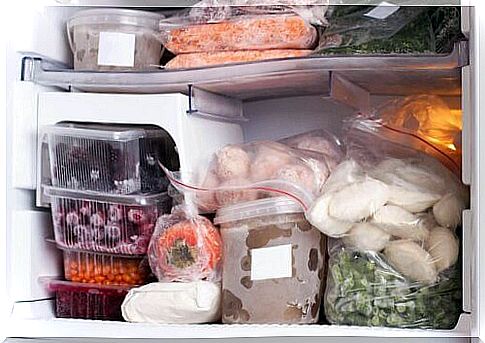
Here are some data that may be relevant to your daily life:
- Never freeze food that has already been thawed. Repeating the process will damage the qualities of the food.
- Use appropriate containers that keep the product isolated, as “ an airtight container is essential to protect food from dehydration, oxidation and odor transmission ”. Airtight glass containers are the best option.
- The fact that there are designs on the outside of the drawers can be very helpful. The divisions help separate foods to avoid cross contamination when freezing. Use them, it will also be much easier to identify foods in a clean freezer. Another good option for identifying your frozen foods is to use labels.
- Follow your freezer instructions and make sure that during the process the temperature is at least -20 ° C constant.
- If you freeze a cooked meal, consider defrosting it little by little, moving it from the freezer to the refrigerator the day before it is eaten. Thawing food at room temperature can increase the risk of contamination, according to a study published in the journal “Food Research International”.
Eat frozen foods
Freezing is a good method of preserving foods because it prevents them from spoiling before their time. However, it must be taken into account that it can lead to alterations in terms of texture and flavor.
As long as it is frozen before cooking, the food retains its properties. However, certain rules apply to secure freezing.




